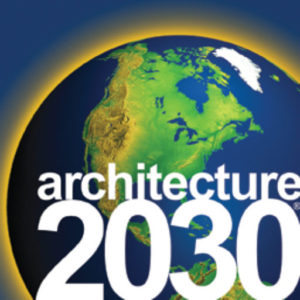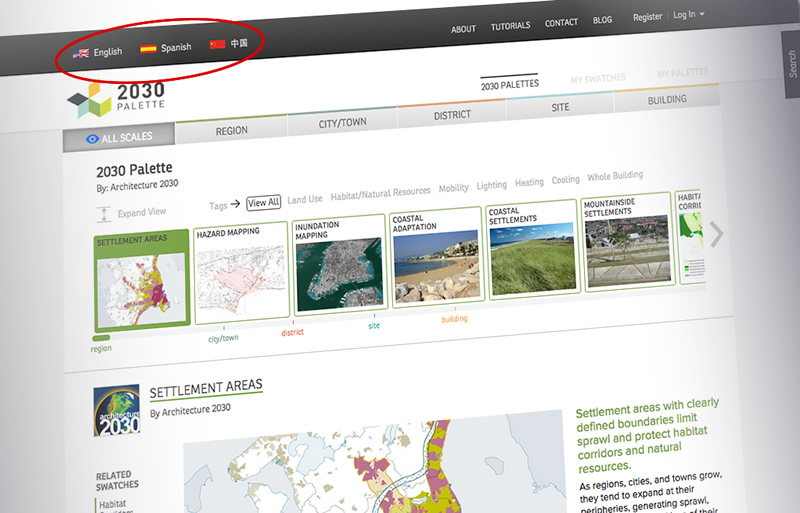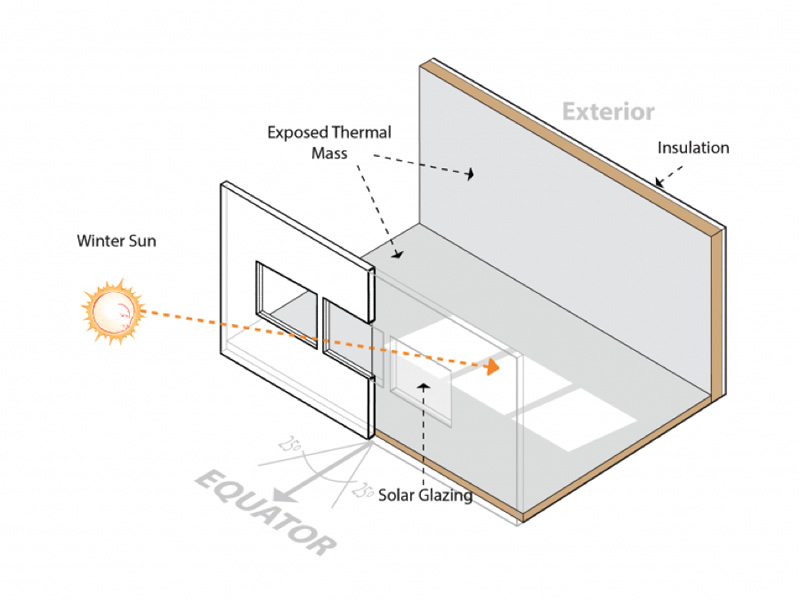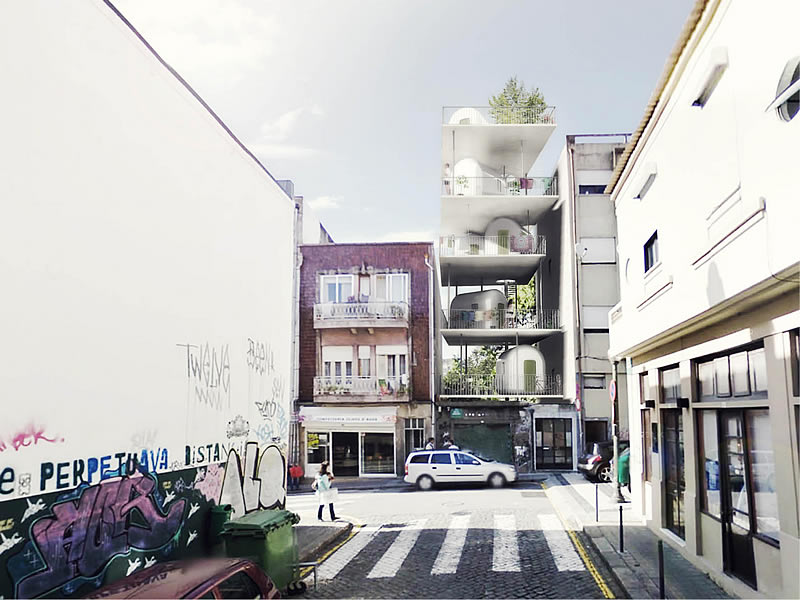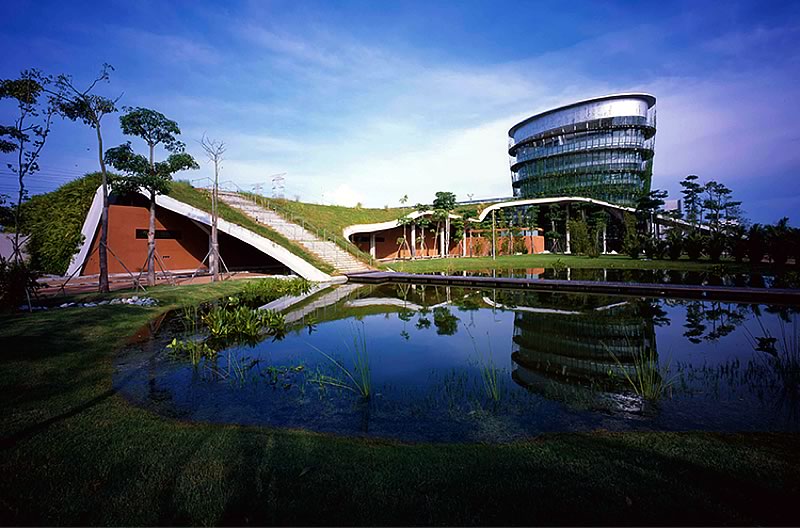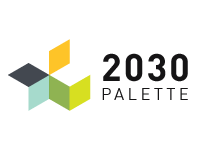Design Guidance Feature in Sefaira Powered by the 2030 Palette
Sefaira’s Design Guidance connects real-time analysis with the 2030 Palette’s library of high-performance design strategies.
Architecture 2030 and Sefaira (a Trimble Company) today announced Design Guidance, a new functionality in Sefaira Architecture. Design Guidance uses real-time analysis results in Sefaira Architecture to deliver customized guidance on how to improve a building’s performance, and points the designer to relevant passive design strategies collated in Architecture 2030’s 2030 Palette. Design Guidance was showcased at Greenbuild 2016, taking place this year in Los Angeles.
The 2030 Palette is Architecture 2030’s innovative online resource for the design of low-carbon and adaptable built environments worldwide. This free tool informs the design and planning process at the point of inspiration, presenting the best information and practices through powerful visuals and straightforward language.
“Design tools that enable architects and engineers to make informed decisions on energy use during the critical early phases of design are key to meeting the 2030 Challenge targets, but information to support the analysis tools is just as important.” said Ed Mazria, Founder and CEO of Architecture 2030.
Sefaira Architecture already integrates the 2030 Challenge benchmarks directly into its real-time energy analysis, and now the integration of the 2030 Palette into Sefaira’s Design Guidance feature connects designers with the most appropriate passive design strategies, based on the energy-use profile of a given design.
Connecting Insight with Action
Since 2012, the Sefaira software for high-performance building design has enabled architects to quickly analyze building performance at the earliest stages of design. “We’re taking our support for Performance-Based Design a step further by providing users with project-specific design guidance,” said Sefaira’s Product Manager Kerger Truesdell. “Let’s say the biggest driver of energy use in your building is cooling, followed by lighting. Design Guidance will surface relevant links to the 2030 Palette identifying passive strategies to reduce cooling load and strategies to reduce lighting loads.”
Following the relevant links provided, users can explore the 2030 Palette’s online library of strategies, called Swatches, and decide which ones they want to test in their concept. The Swatches give users sound passive design principles supported by built precedents and questions to guide the refinement of their design. Not only does Design Guidance enable a project to achieve stronger performance, but it also increases designers’ understanding and mastery of Performance-Based Design solutions.
Available Now
Sefaira’s Design Guidance functionality is now available within Sefaira Architecture and will be demonstrated at Greenbuild in Los Angeles this week.
